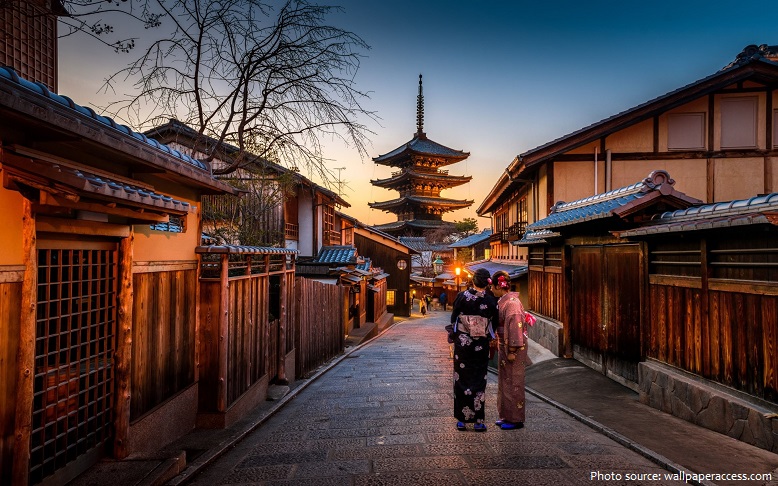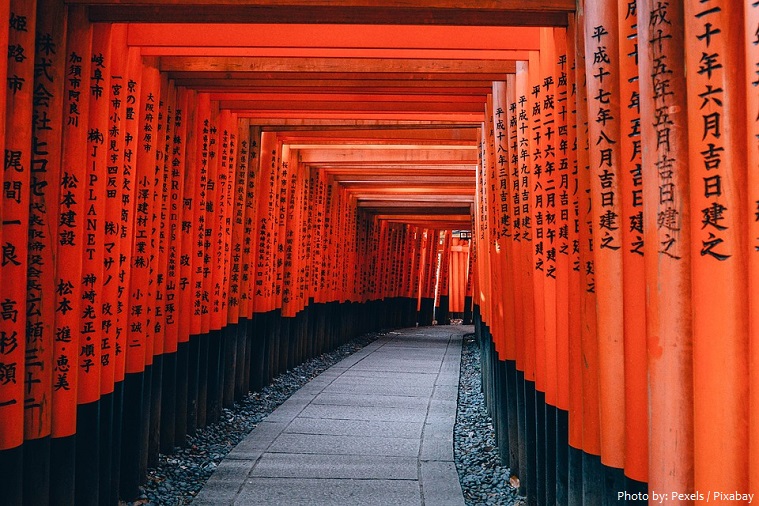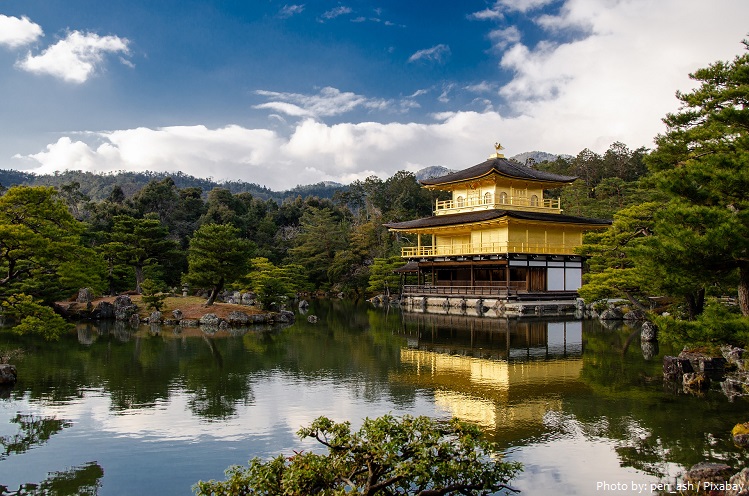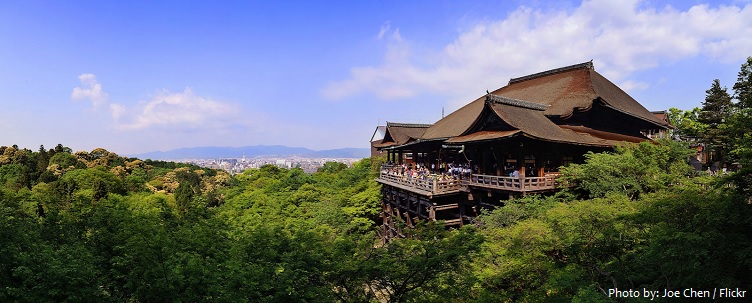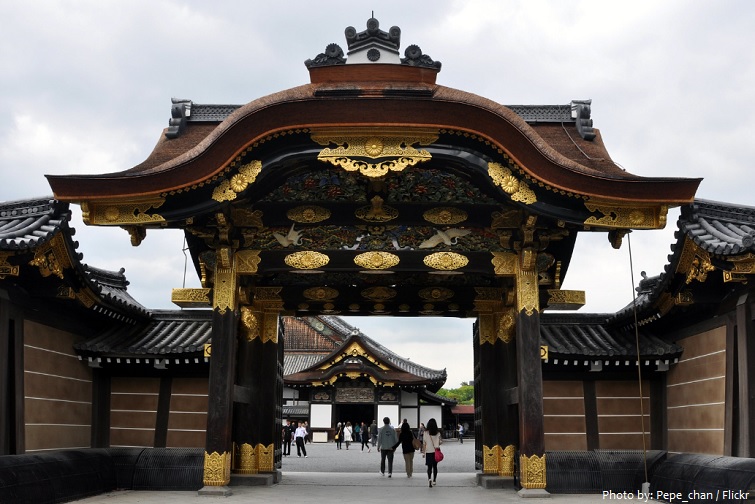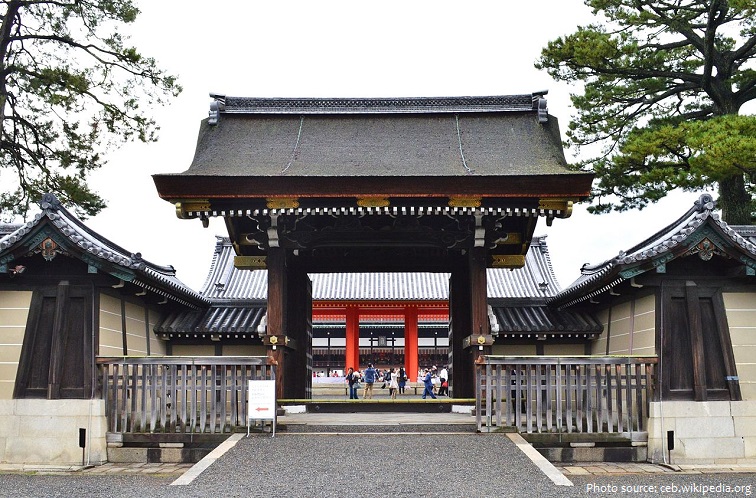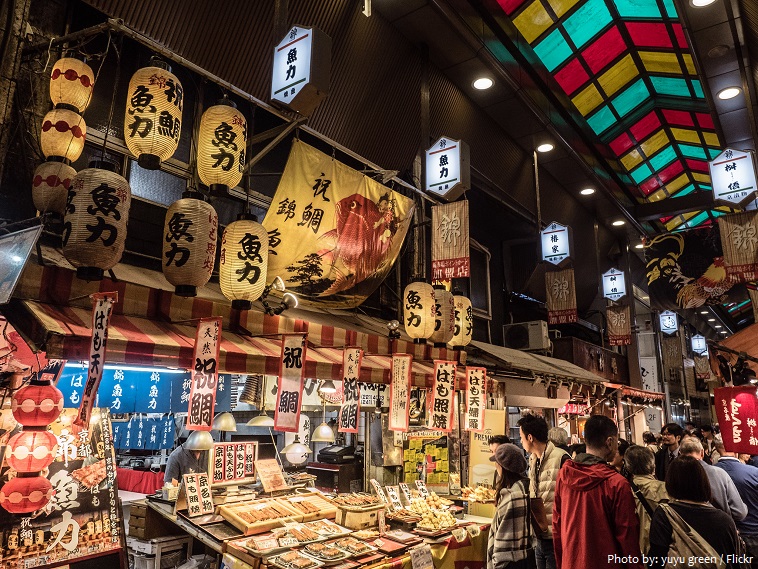Kyoto is the capital city of Kyoto Prefecture in Japan.
Located in the Kansai region on the island of Honshu, Kyoto forms a part of the Keihanshin metropolitan area along with Osaka and Kobe.
As of April 2020, the population of Kyoto is about 1.5 million people. It is the 7th largest city in Japan.
The city covers a total area of 828 square kilometers (320 square miles).
Gently sloping downward from north to south, the city averages 55 metres (180 feet) above sea level.
The history of Kyoto starts in 794, when Kyoto was chosen as the new seat of Japan’s imperial court. The Emperors of Japan ruled from Kyoto in the following eleven centuries until 1869, when the court relocated to Tokyo.
Historically, Kyoto was the largest city in Japan, later surpassed by Osaka and Edo (Tokyo) towards the end of the 16th century.
Home to many cultural landmarks and historical sites, Kyoto is thought of as the heart of Japan.
Kyoto is considered the cultural capital of Japan and a major tourist destination.
It is home to numerous Buddhist temples, Shinto shrines, palaces and gardens, many of which are listed collectively by UNESCO as a World Heritage Site.
The deep feeling of the Japanese people for their culture and heritage is represented in their special relationship with Kyōto—all Japanese try to go there at least once in their lives, with almost a third of the country’s population visiting the city annually.
Fushimi Inari-taisha is the head shrine of the kami Inari, located in Fushimi-ku, Kyoto. The shrine sits at the base of a mountain also named Inari which is 233 metres (764 feet) above sea level, and includes trails up the mountain to many smaller shrines which span 4 kilometres (2.5 mi) and take approximately 2 hours to walk up.
Kinkaku-ji officially named Rokuon-ji is a Zen Buddhist temple in Kyoto, Japan. The name Kinkaku-ji literally means the Temple of the Golden Pavilion and the official name Rokuon-ji literally means the Deer Garden Temple. It is one of the most popular buildings in Japan, attracting many visitors annually. It is designated as a National Special Historic Site, a National Special Landscape and is one of 17 locations making up the Historic Monuments of Ancient Kyoto which are World Heritage Sites.
Kiyomizu-dera is a Buddhist temple in eastern Kyoto. It is one of the most famous and celebrated temples in Kyoto. The temple was founded in 778 AD and contains buildings from the 17th century, including a main hall designated as a National Treasure. The temple’s wooden stage is undoubtedly what the temple is most famous for, offering an outstanding panoramic view of Kyoto rising out of a sea of maples.
Nijō Castle is a flatland castle in Kyoto. The castle consists of two concentric rings of fortifications, the Ninomaru Palace, the ruins of the Honmaru Palace, various support buildings and several gardens. The surface area of the castle is 275,000 square metres (3 million square feet), of which 8,000 square metres (86,000 square feet) is occupied by buildings.
The Kyoto Imperial Palace is the former ruling palace of the Emperor of Japan. The Emperors have since resided at the Tokyo Imperial Palace after the Meiji Restoration in 1869, and the preservation of the Kyoto Imperial Palace was ordered in 1877. Today, the grounds are open to the public, and the Imperial Household Agency hosts public tours of the buildings several times a day.
Nishiki Market is a marketplace in downtown Kyoto. Rich with history and tradition, the market is renowned as the place to obtain many of Kyoto’s famous foods and goods.
In 1945, at the end of World War II, the Target Committee of the United States Manhattan Project placed Kyoto at the top of the list of targets for the dropping of the atomic bomb. U.S. Secretary of State Henry Stimson adamantly refused to bomb Kyoto because it “was the ancient capital of Japan, a historical city, and one that was of great religious significance to the Japanese.” He had visited the city several times and was “very much impressed by its ancient culture.” Kyoto was removed from the list and its architectural treasures were preserved.
Today, the city is one of the centres (with nearby Ōsaka and Kōbe) of the Keihanshin Industrial Zone, the second largest urban and industrial agglomeration in Japan.


